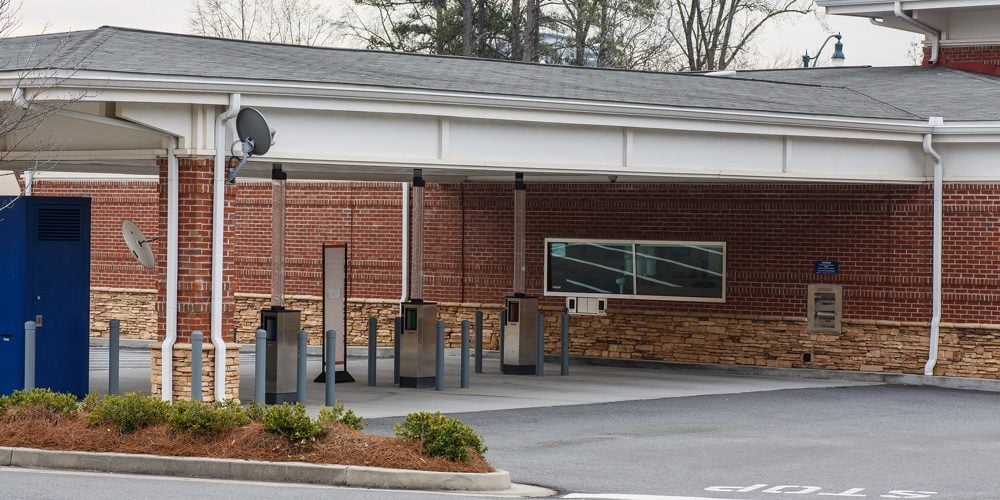Have credit unions become the new community banks?
The raft of consolidation in the industry over the past 20 years has left many markets devoid of sizable locally-owned institutions. Consumers who value the combination of local decision-making, reinvestment of their deposits within their community, and widespread branching convenience may soon find their options limited.

The Riegle-Neal Interstate Banking & Branching Efficiency Act of 1994 allowed full interstate expansion for banks, whether through de novo branching or mergers. The full provisions of the law took effect in 1997, and in the 20 years since, the banking industry experienced a massive wave of consolidation.
In the June 30 FDIC reporting period in 1997, there were 11,189 banks nationwide (including thrifts). By the 2017 reporting period, the count of U.S. banks had been sliced nearly in half, to 5,797 banks and thrifts. Though several hundred of those banks left the industry due to failure in the financial crisis of 2008 and ensuing years, most of the decline in bank counts occurred through mergers.
The consolidation in the industry also led to great increases in concentration. In 1997, the 50 largest U.S. banks held 38% of all bank deposits, and the 50 largest branch networks accounted for 27% of all bank branches. In 2017, the 50 largest banks held 70% of bank deposits and the 50 largest networks accounted for 45% of bank branches. Today, the 20 largest U.S. banks hold well over half of all deposits compared to just one quarter back in 1997.
continue reading »




